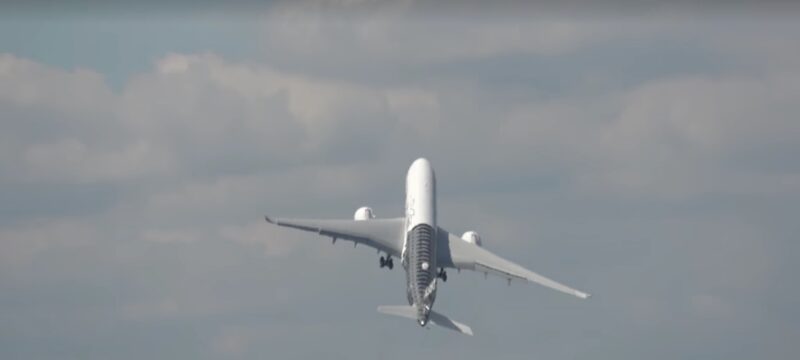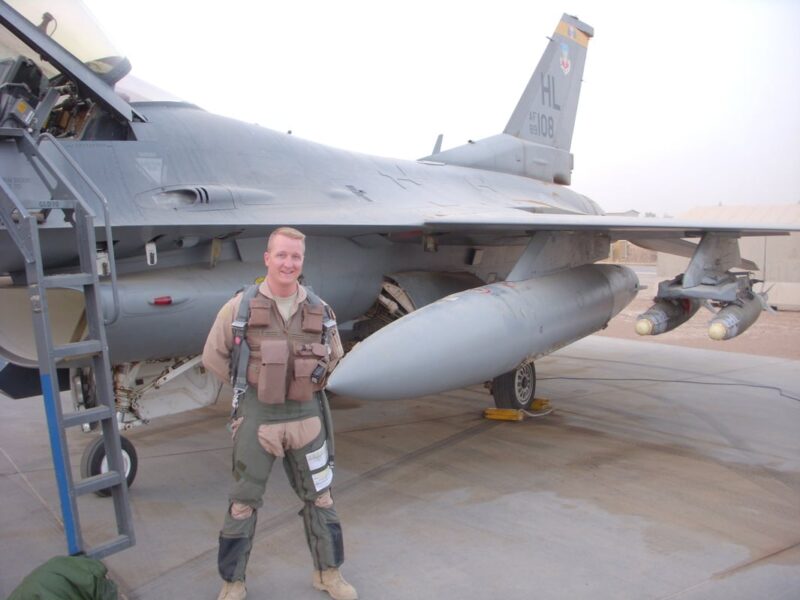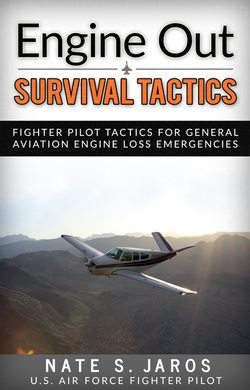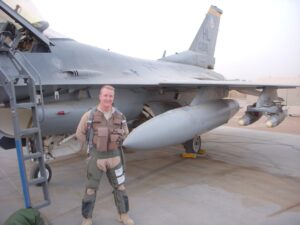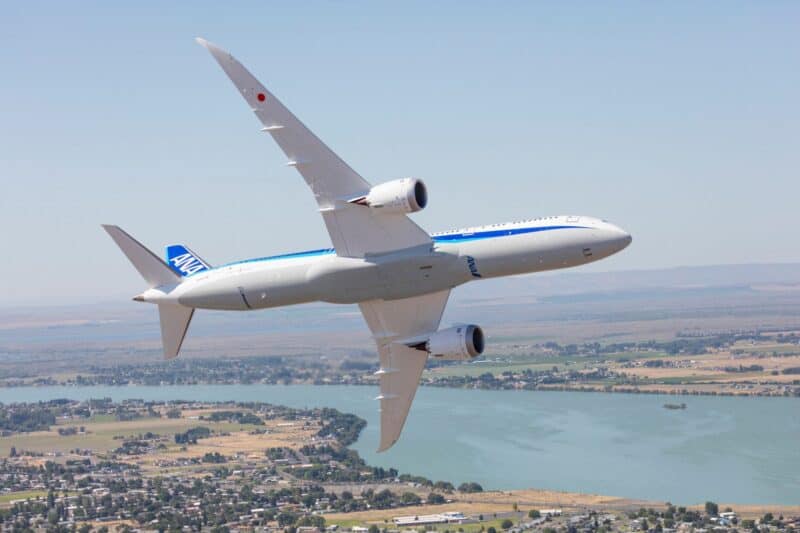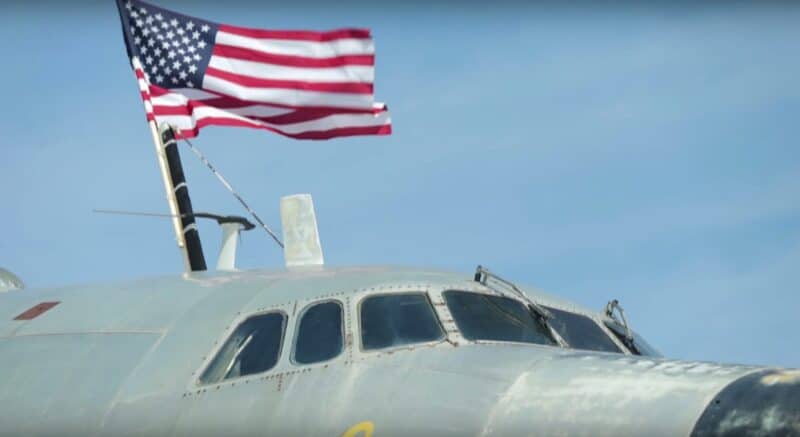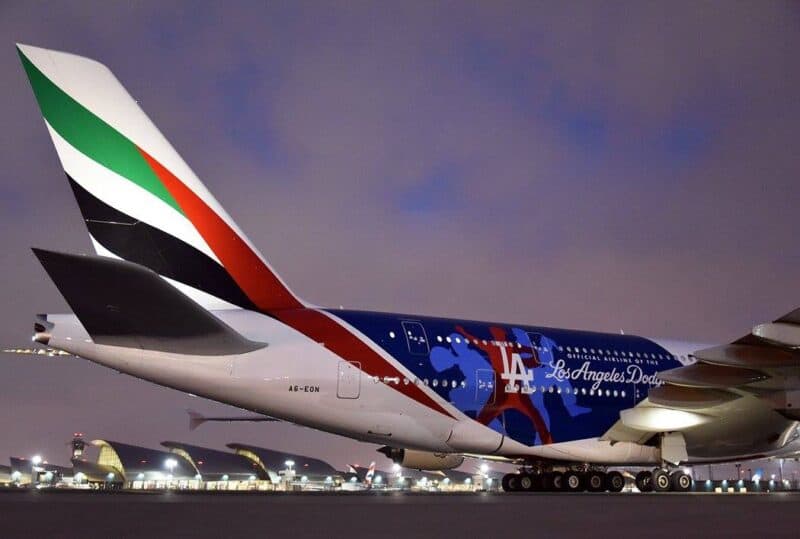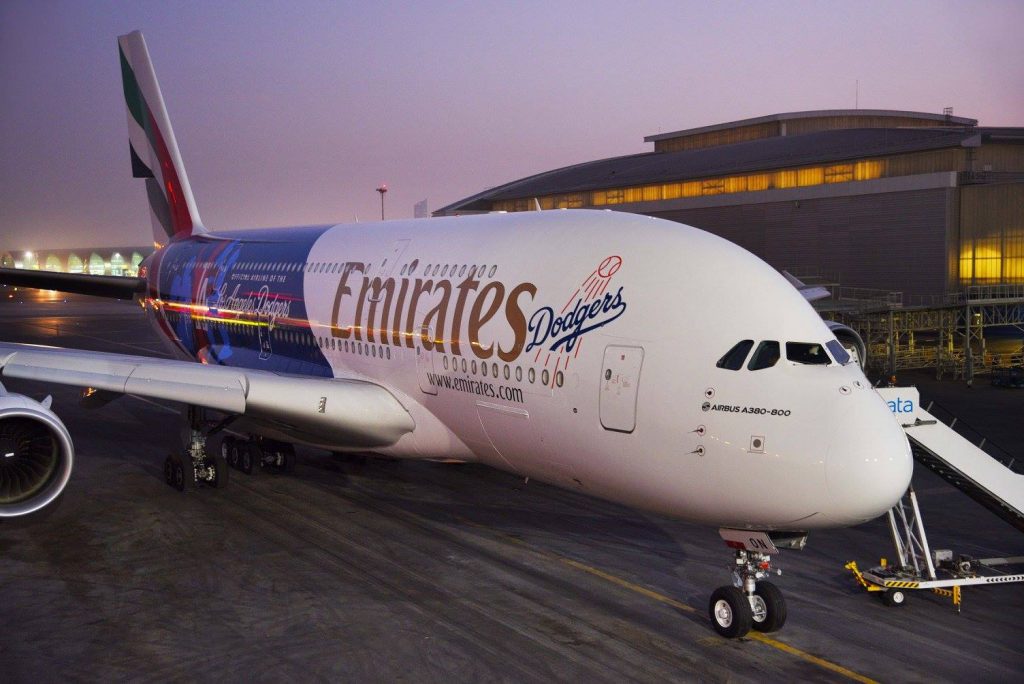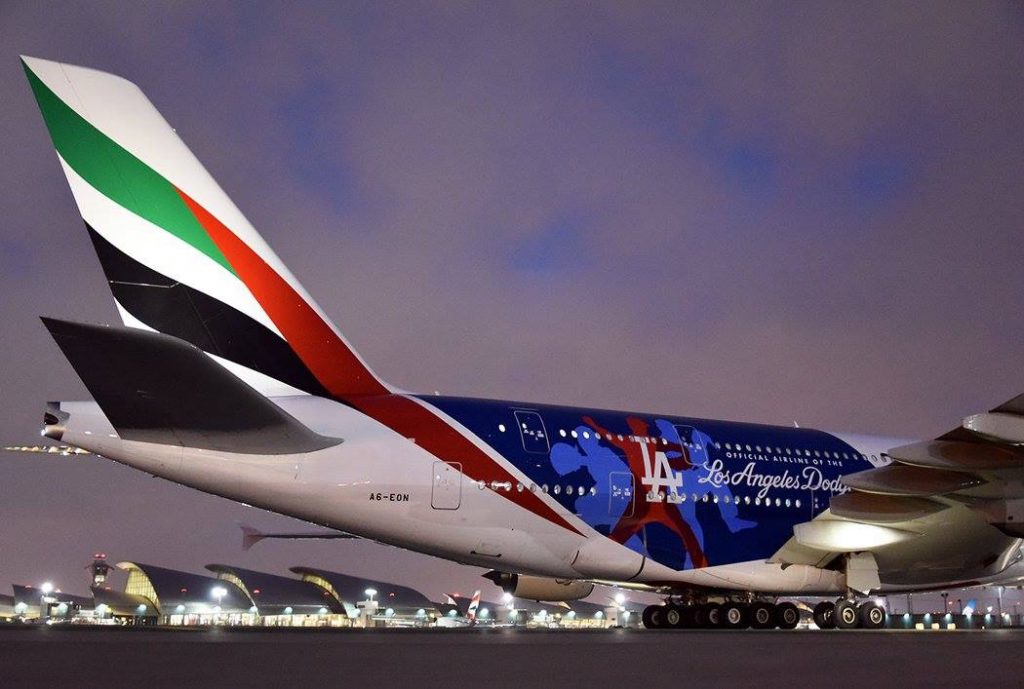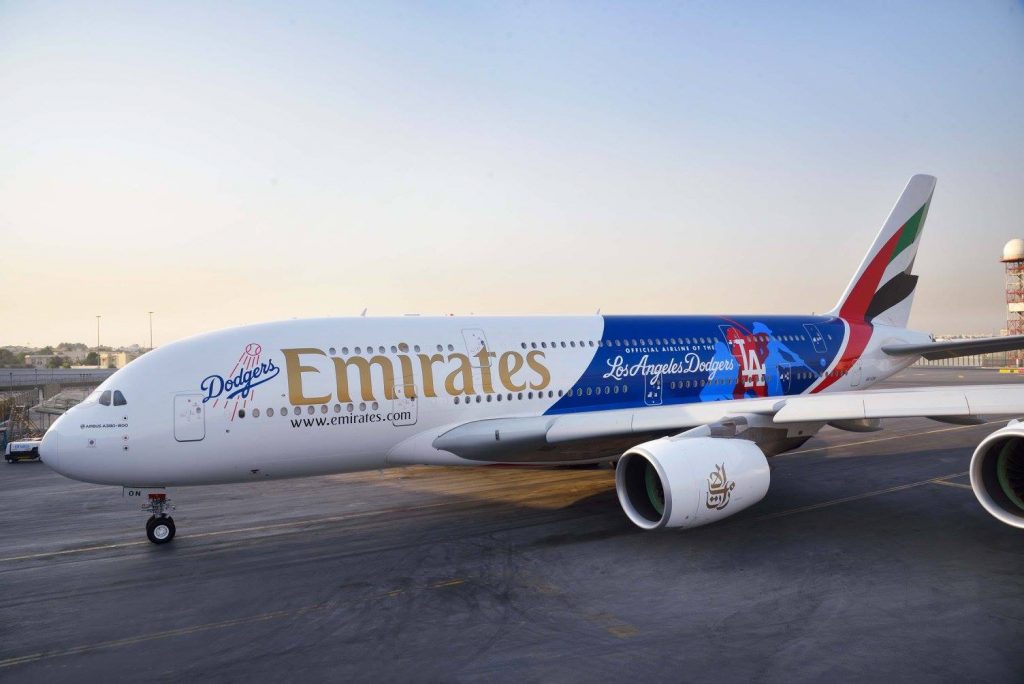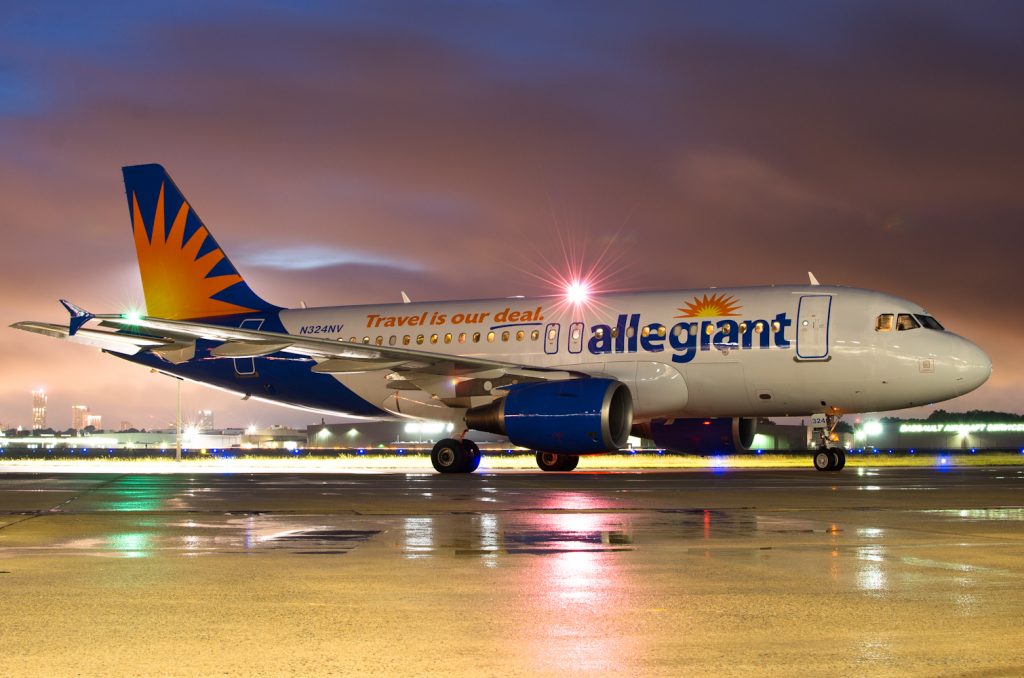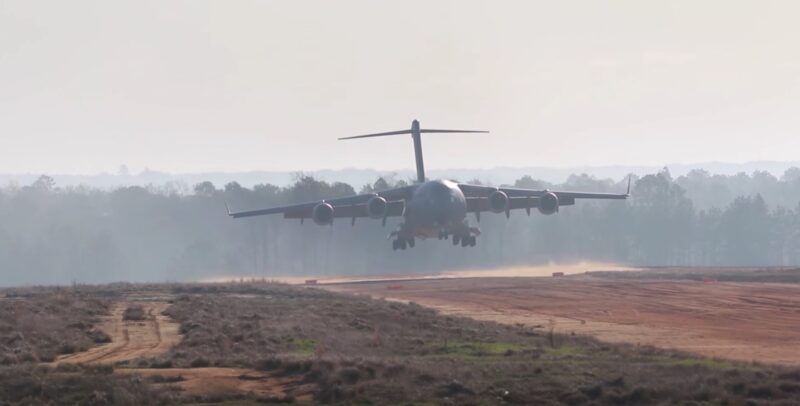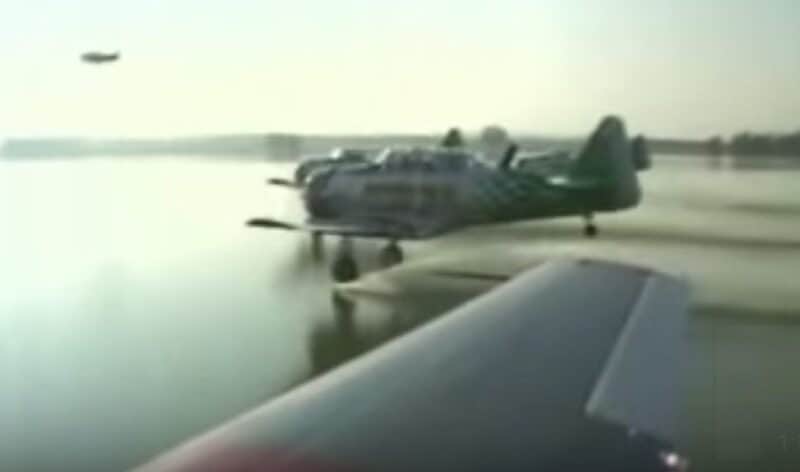Airshows are a fickle business. Amazing, but fickle. A little (well alot) of rain ended my day at my favorite airshow.
For all the technology that symbolizes the Farnborough Airshow – the latest in inflight entertainment facing off against the next generation of cruise missiles and radar – all it took on Monday was a sudden shower to shut it all down, plunging the exhibition halls into darkness just after the Airbus flight demonstration. Ultimately it would close the show for the day and at least one very special after-show event.
To me, Farnborough is a very special place.
The proximity of the viewing areas – almost on the active runway, it seems – puts Farnborough miles (or kilometers, if you prefer) ahead of Paris.
I arrived almost two hours before the official opening. I had a behind the scenes look at the final preparations and an eventful morning at press conferences. After an eventful morning, I headed off to get a good spot for the afternoon’s flight demonstration.
This year, I discovered a unique protip as a reporter: The distinct aromas emanating from a dumpster bin helps dilute the crowds and gave me a prime viewing spot. (It being the first day there wasn’t much in the bins, and anything organic that had found its way in in, hadn’t had much time to be decompose – a small price to pay for the beautiful breeze and proximity to the flight line).
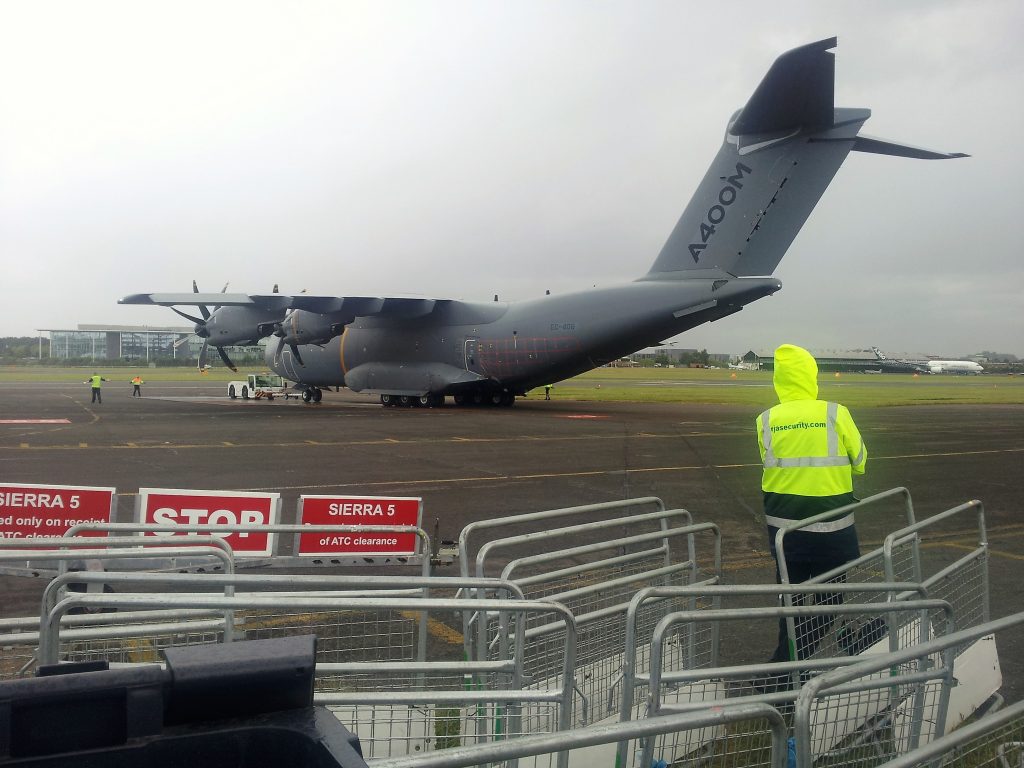 My newfound friend, the dumpster, put me so close to the action. When they pulled out the A400 followed by the A380, I was able to snap a pic of the underside of the double-decker’s left wing and could almost reach out and touch the beautiful beast.
My newfound friend, the dumpster, put me so close to the action. When they pulled out the A400 followed by the A380, I was able to snap a pic of the underside of the double-decker’s left wing and could almost reach out and touch the beautiful beast.
The jumbo A380 took flight after the last private jet’s departure (am I the only person who attended the show that doesn’t own a G-650, by the way??). As with previous years, the A380 was impressively agile. But as she flew, a brief sprinkle gave a warning that weather was on the way. Most people heeded the warning and left but diehards like me were not deterred. The A380 soon landed and more was on the way.
God soon gave us all a second warning as Airbus number three – the 400 – climbed sharply out of the sun only to suddenly blur in what was obviously some serious precip at altitude, but there was an F-15 idling on the taxiway. Surely, this shower would dissipate, right?
The raindrops began in earnest just after the A400 flared and the F-15 taxied into position to hold.
But then, just a stones throw in front of me, there was an interesting delay finding space for the A350 stealing the stage from the 400’s disappointingly short backing down the runway part trick. Whatever the problem, soon after the tug driver dismounted and strode under the A350 for what seemed like a candid conversation, it was fixed and the program seemed to get back on track.
Just then the heavens opened up. I had water pooling in my shoes but I wasn’t about to leave yet.
With only a spattering of true avgeeks left, it was hardly noticed when the organizers announced that they were turning off the electricity.
I was sure the weather would pass and the show would continue as planned – after all, I could still see the F-15 standing on the numbers.
The deluge became more intense though, almost like Miami in one of summertime thunderstorms. Before I knew it. Everyone had left. It was just me, the dumpster, and another die hard avgeek who brought an umbrella.
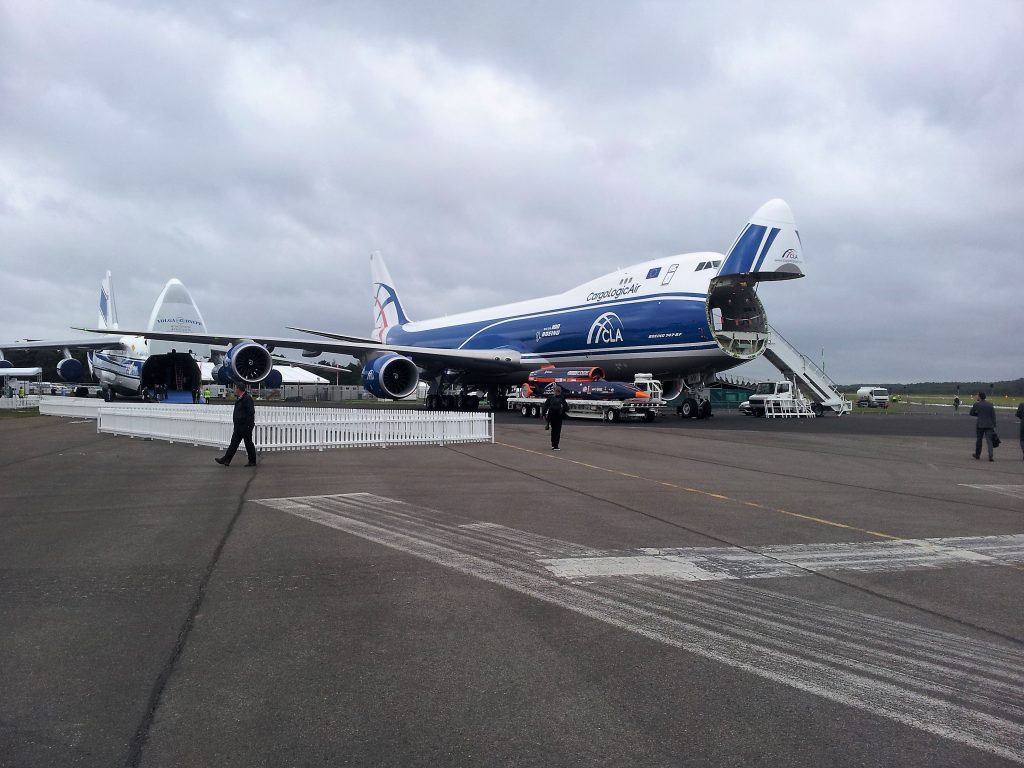 Moments later, the F-15 taxiing off the active was the nail in the coffin for the day’s show – I surrendered. I left the man with the umbrella and sloshed towards the “Cargo Village” and its kneeling AN-124 and shiny 747-8 I had toured earlier in the day.
Moments later, the F-15 taxiing off the active was the nail in the coffin for the day’s show – I surrendered. I left the man with the umbrella and sloshed towards the “Cargo Village” and its kneeling AN-124 and shiny 747-8 I had toured earlier in the day.
Three hours later, it was still raining when I managed to leave the show. Traffic finally thinned enough to let my shuttle bus escape to the North Camp railway station.
The day wasn’t a complete loss though, while waiting I had taken refuge in the Volger Dnepr pavilion. I was able to meet and chat with the Russian company’s CEO and a friend from air cargo media, Nigel Tomkins. The weather had postponed a very special evening they had scheduled for that evening.
But that’s another story.



